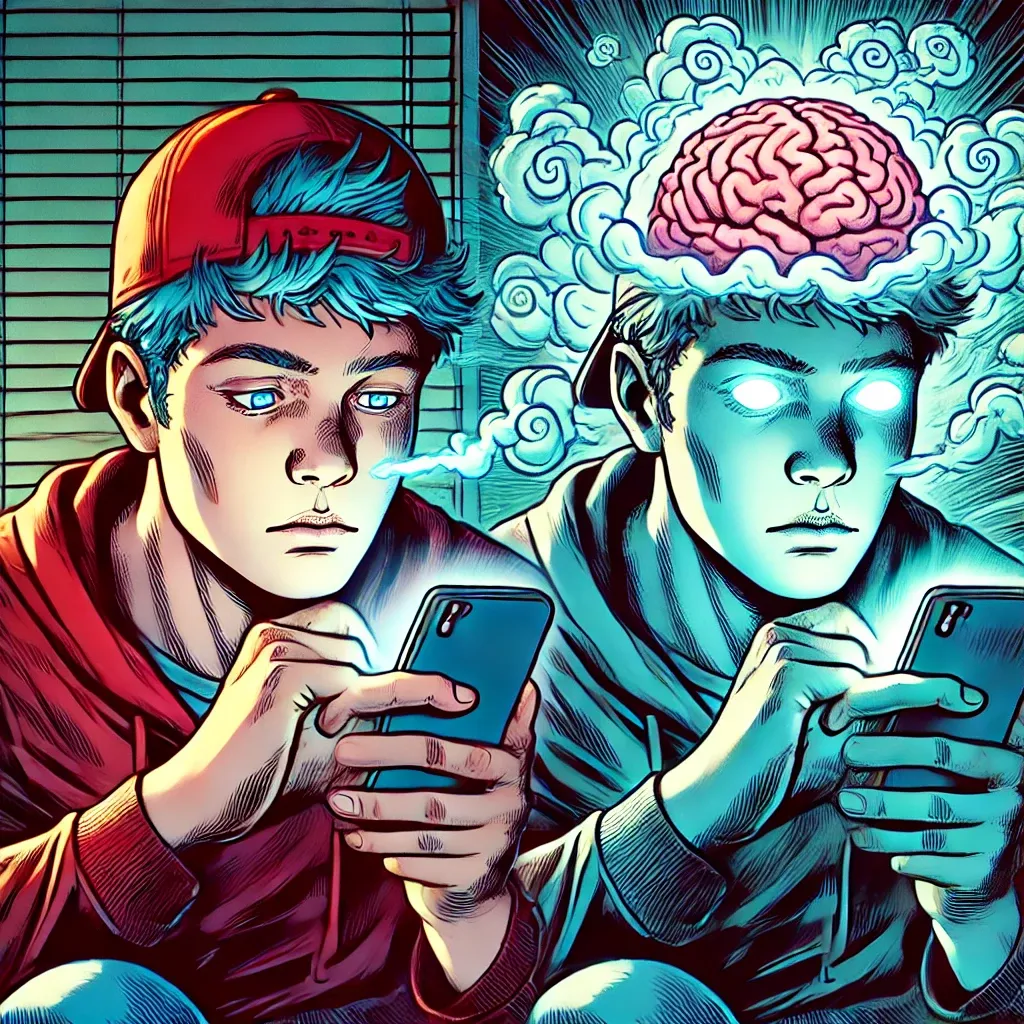Understanding ‘Brain Rot’ and Its Connection to Gaming Disorder
Oxford University Press named “brain rot” its 2024 Word of the Year, defining it as a decline in mental sharpness caused by excessive consumption of trivial online content, such as endless social media scrolling or addictive short-form videos. While not a formal diagnosis, the term reflects growing concerns about how digital overstimulation erodes focus, critical thinking, and emotional regulation, especially among youth. For those working with or experiencing video gaming disorder, understanding the overlap between these conditions is critical, as both stem from compulsive screen use and share neurological and behavioural risks.
Shared Risks and Distinct Features
Brain rot and video gaming disorder share striking similarities:
- Cognitive impacts: Both correlate with reduced attention spans, poor academic performance, and difficulty organising tasks.
- Neurological changes: Magnetic Resonance Imaging (MRI) studies link both conditions to altered reward processing in the brain, such as decreased activity in the caudate nucleus (critical for decision-making) and reduced gray matter in regions governing impulse control.
- Comorbidities: Attention Deficit / Hyperactivity Disorder (ADHD), anxiety, and depression frequently coexist with both, suggesting overlapping vulnerabilities in reward-seeking behaviour and emotional regulation.
However, key differences exist:
- Scope: Brain rot arises from any low-quality digital content (e.g., video content in social media like TikTok, YouTube), while video game disorder specifically involves compulsive gaming.
- Diagnostic status: video game disorder is recognised by the World Health Organisation (WHO) as a behavioral addiction, whereas brain rot remains a cultural term highlighting broader digital overconsumption.

Addressing Dual Risks
For youth workers, recognising brain rot as a potential gateway to video game disorder is vital. Studies show that habitual consumption of “junk” content can prime the brain for more intense digital dependencies, like gaming. Strategies to mitigate both include:
- Structured screen limits: Replace passive scrolling with offline hobbies to rebuild attention spans.
- Early intervention: Monitor for emotional withdrawal, irritability, or declining academic performance as common red flags.
- Targeted support: Cognitive behavioural therapy and family counselling have proven effective for video game disorder, while mindfulness practices can counter brain rot’s mental fog.
For deeper insights:
- On “Brain rot” as Word of the Year 2024 by Oxford University Press consult https://corp.oup.com/word-of-the-year/ and here for its nature and impact https://www.newportinstitute.com/resources/co-occurring-disorders/brain-rot/ and https://screenstrong.substack.com/p/yes-brain-rot-content-is-as-bad-as
- On video gaming disorder you can read our Organisational change guide for youth organisations or follow our Capacity Building Program online course for free
- On gaming’s neural effects explore the Adolescent Brain Cognitive Development Study (https://pmc.ncbi.nlm.nih.gov/articles/PMC7477916/, https://abcdstudy.org), the specific study Neurobiological mechanisms underlying internet gaming disorde (https://pmc.ncbi.nlm.nih.gov/articles/PMC7366941/) or the Frontiers in Psychiatry analysis of gaming disorder comorbidities at https://www.frontiersin.org/journals/psychiatry/articles/10.3389/fpsyt.2024.1442224/full